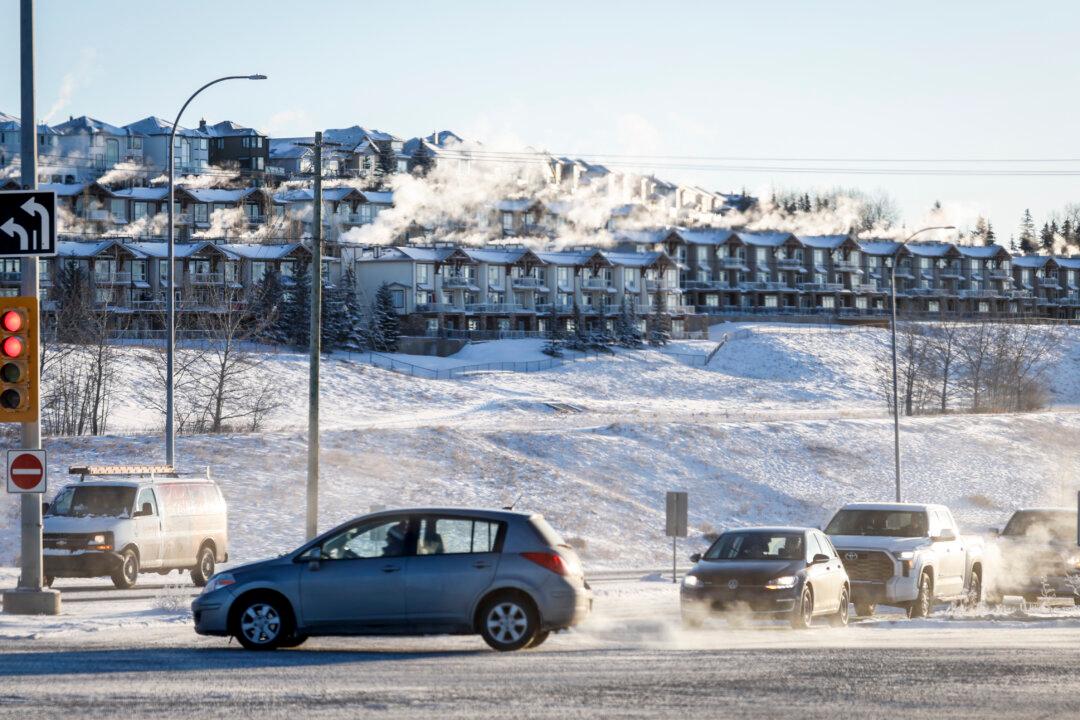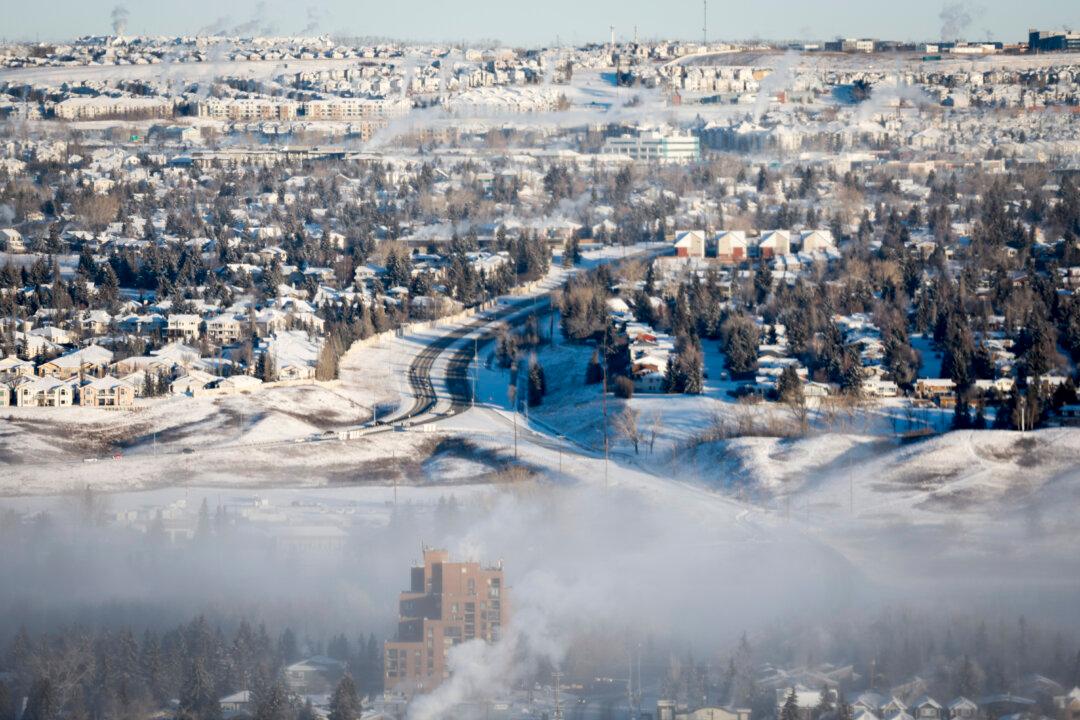For the fourth time in as many days, and the second time in 17 hours, Canada’s most energy-rich province again found itself in an electrical crisis, short of energy.
The Alberta Electric System Operator (AESO) declared its fourth “grid alert” at 8:00 a.m. on Monday, Jan. 15, less than 10 hours after the end of the third alert.





